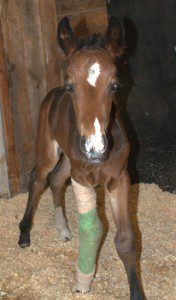What’s New with Roll? Riding the Hayfield
At 21 years of age, Roll has worked hard since December of 2010 when I saved him from slaughter. He is now able to carry my weight and go for jaunts around the hayfield monthly with a buddy in addition to his milder weekly exercises.
Roll thinks Brandy, another rescue, is pretty cute! She’s a “Mini-Me!”
Today, both Roll and Brandy are both being tested without their “Elbow Pulls” to assess how much of their own good equine posture they can maintain. Roll was actually more consistently engaged and rounded over the to line than Brandy.
We stopped to look at the horses that were running in a nearby field.
Although Roll was still twisting his right hind somewhat from bearing most of the weight from the other three compromised feet, he still maintained a decent posture and continued to step well underneath and stay rounded over the top.
His reinback was slow, but accurate and submissive.
Roll enjoyed riding past the Jasper Bunkhouse! Lots to look at!
Roll and Brandy matched their pace as we rode past the bronze statue that commemorates the famed Lucky Three Mae Bea C.T.’s accomplishments in Combined Driving and Combined Training.
Roll begins to “pace” when he gets tired, but he still matched Brandy’s pace through the “Mule Crossing.”
All in all, both mules did fairly well without the “Elbow Pull,” but it was clear they would still need it’s support for future rides for a while longer. Roll is staying sound and seems much happier to be able to get out in the wide open spaces for a change!

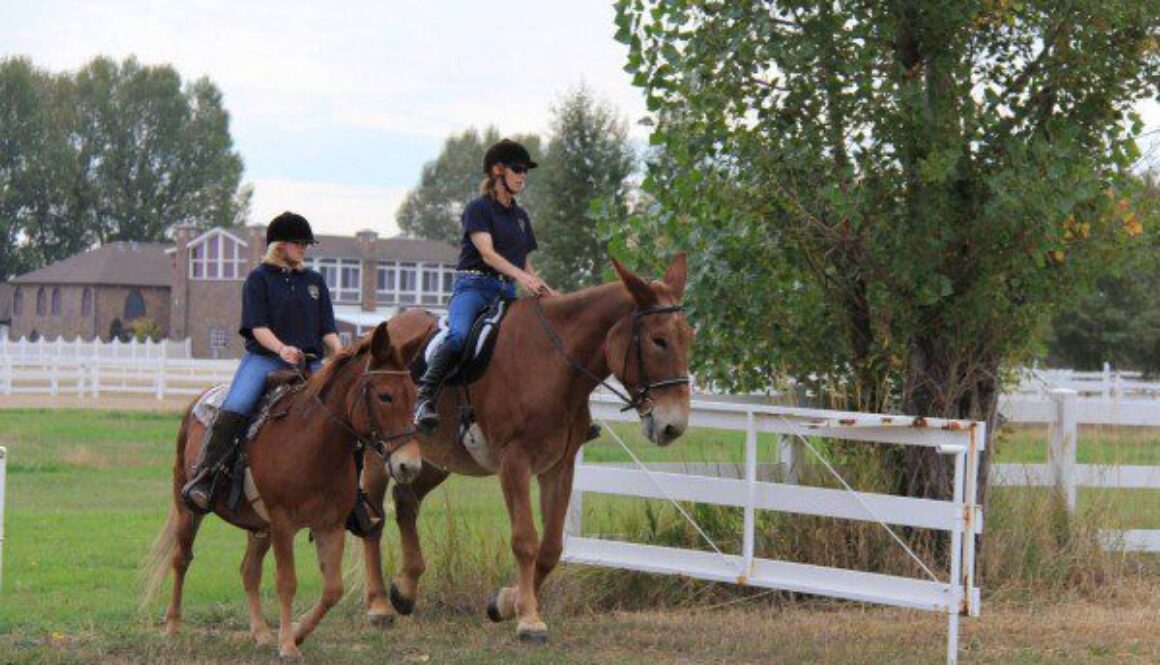
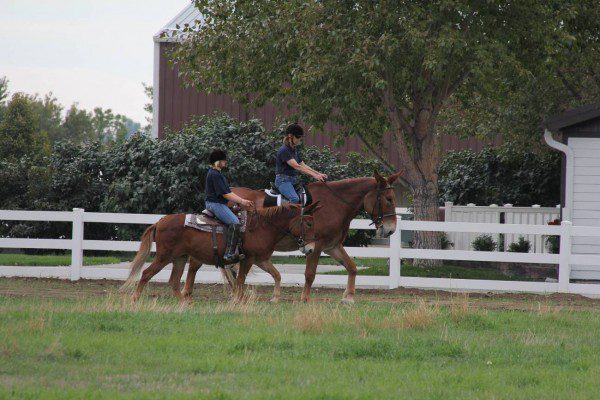
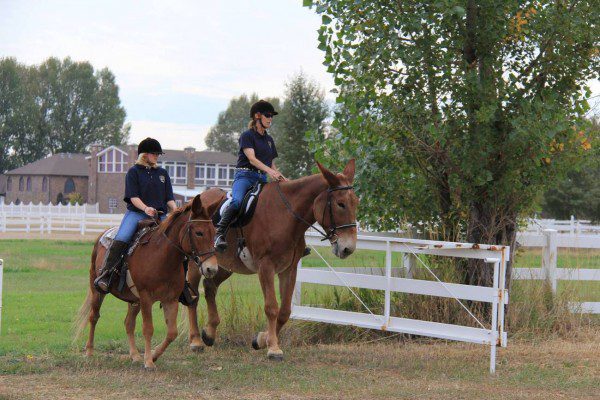
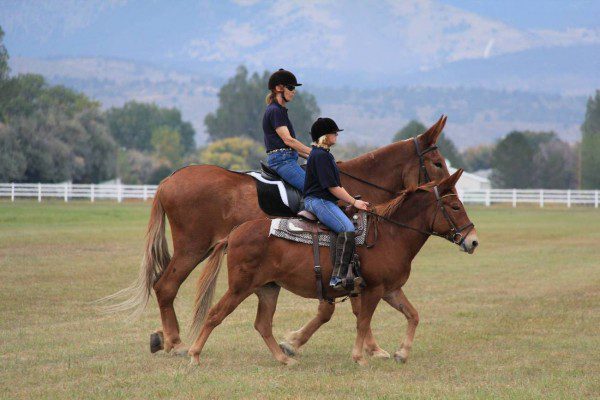
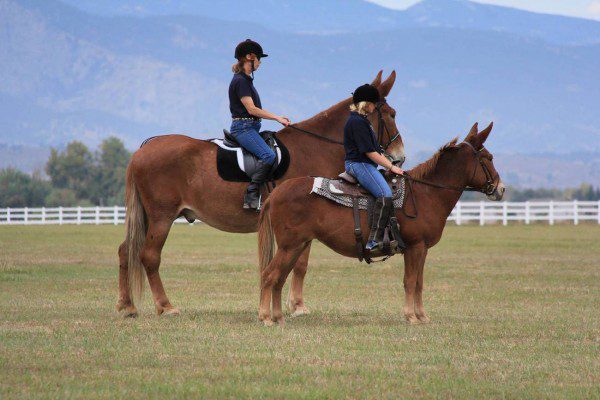
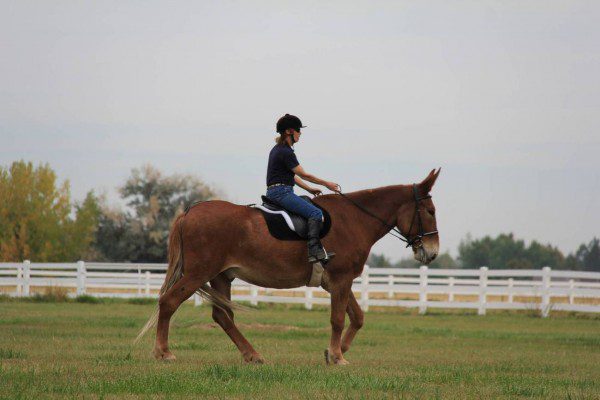
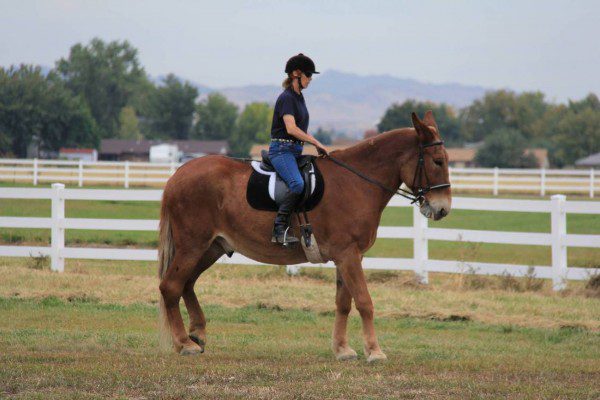
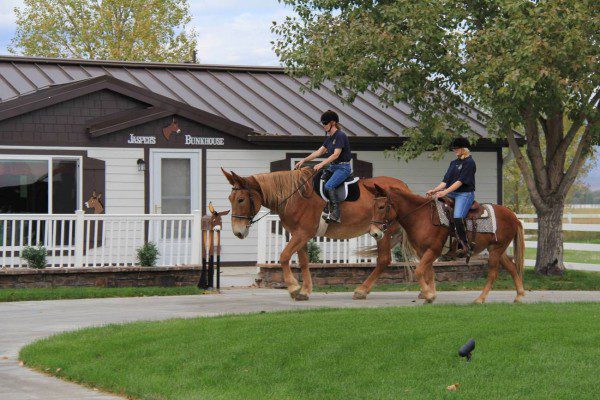
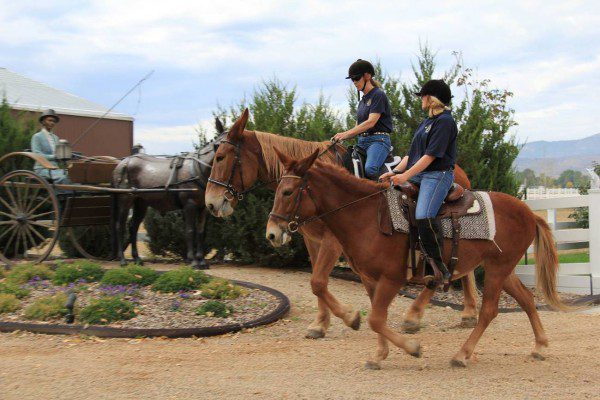
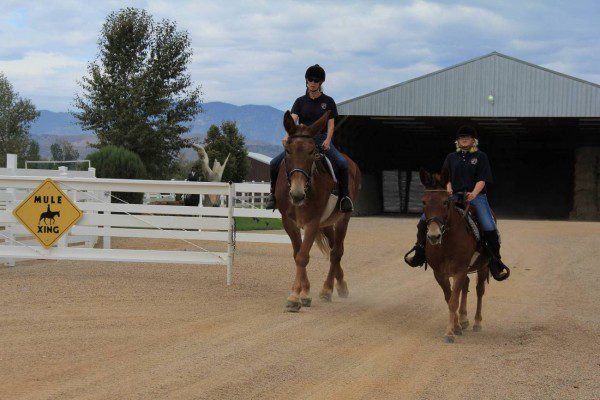
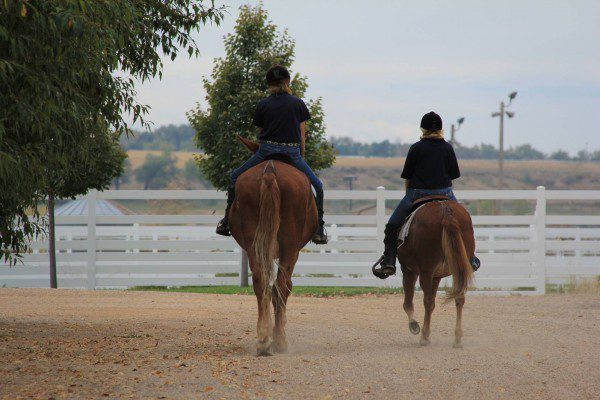
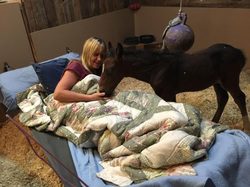 y, he has enjoyed being able to spend most nights with his real mama Lacy.
y, he has enjoyed being able to spend most nights with his real mama Lacy.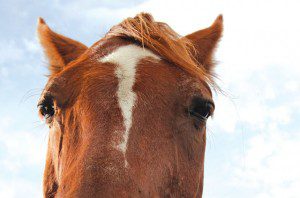 Tim Hayes
Tim Hayes
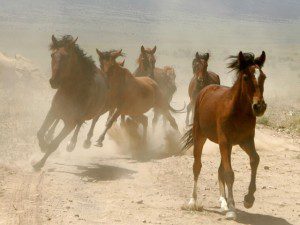
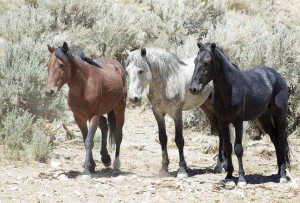

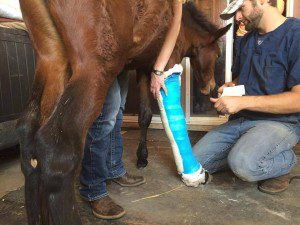 ORPHAN UPDATE – Lil Bit is doing wonderfully. Her cast has been working and she is improving a little bit each day. We want to thank y’all as we have raised approximately half of her vet bills.
ORPHAN UPDATE – Lil Bit is doing wonderfully. Her cast has been working and she is improving a little bit each day. We want to thank y’all as we have raised approximately half of her vet bills.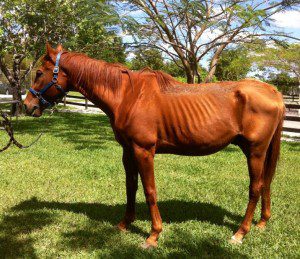
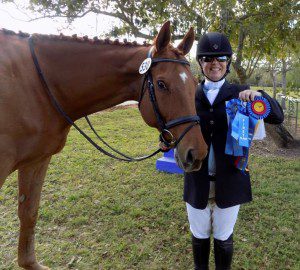
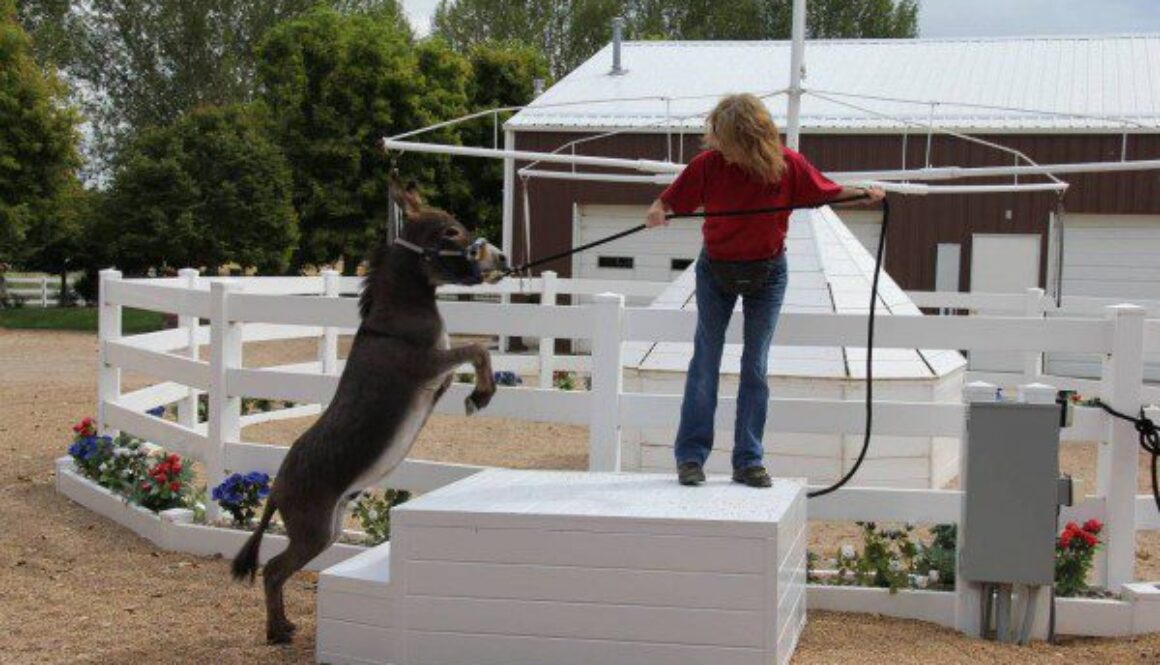
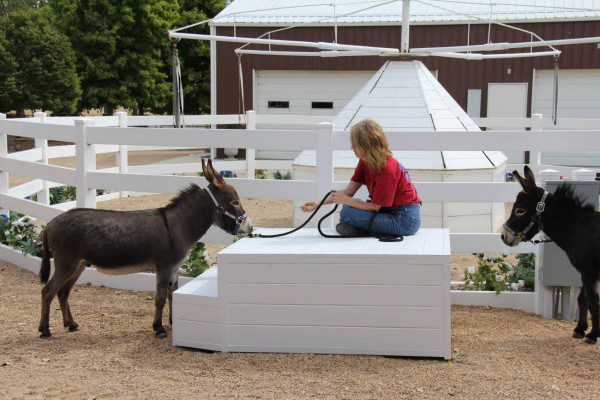
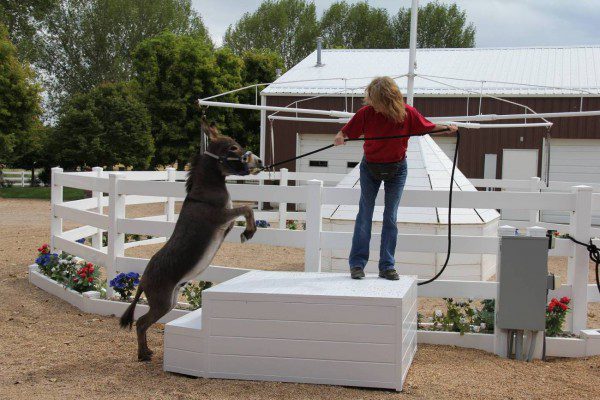

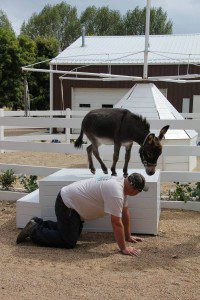
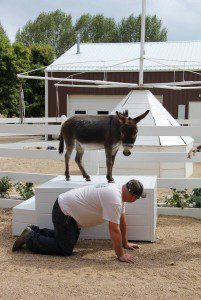
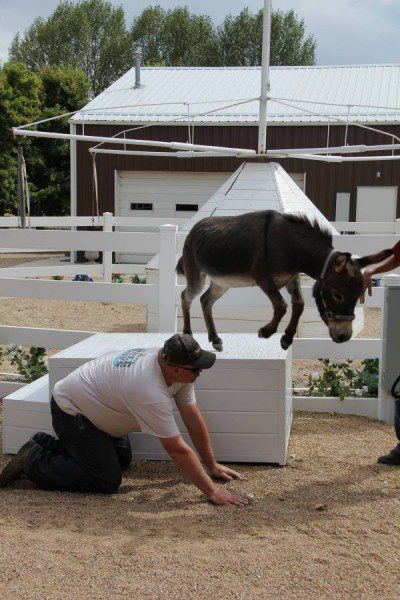
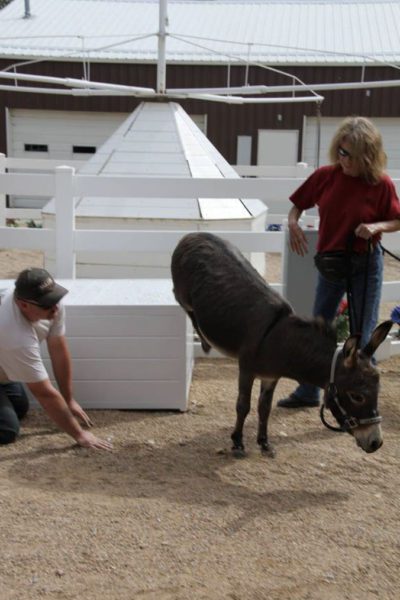
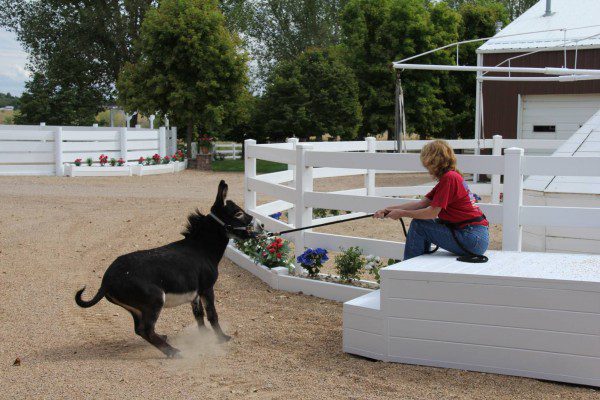
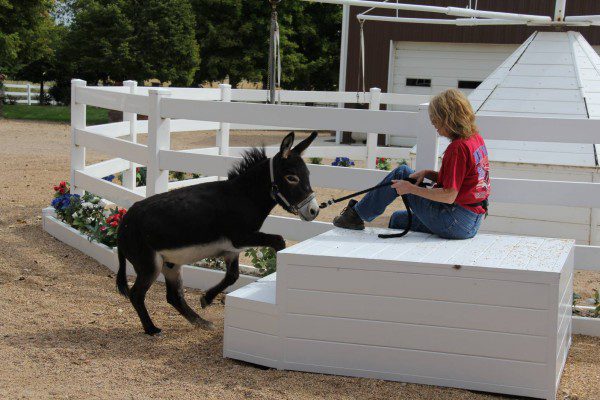
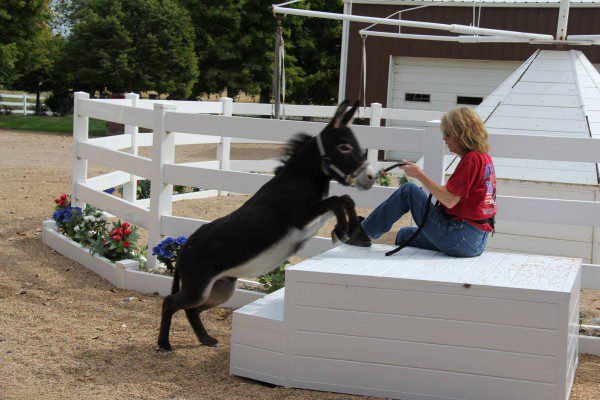
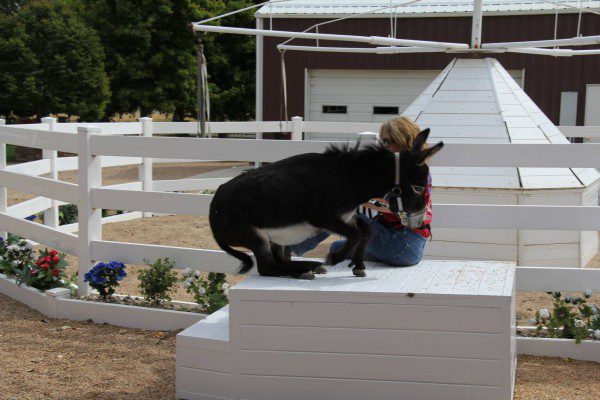
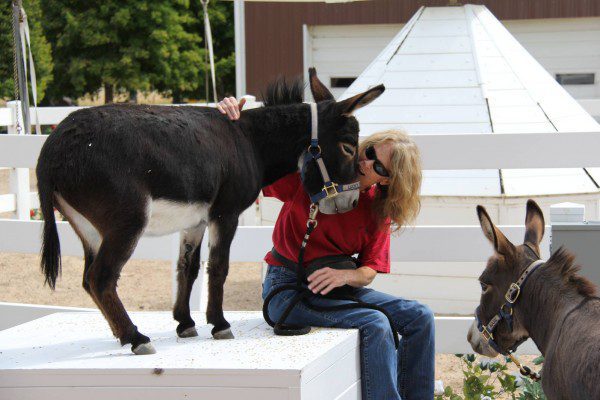
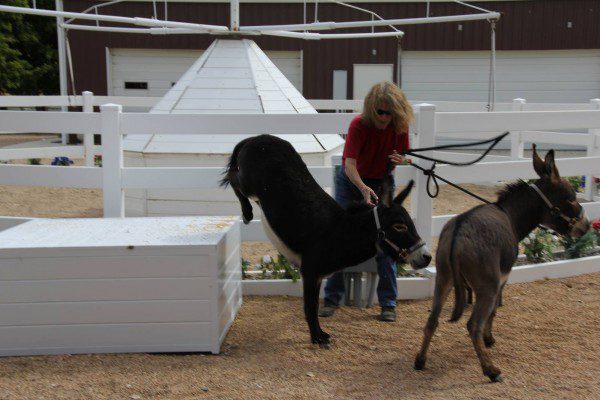
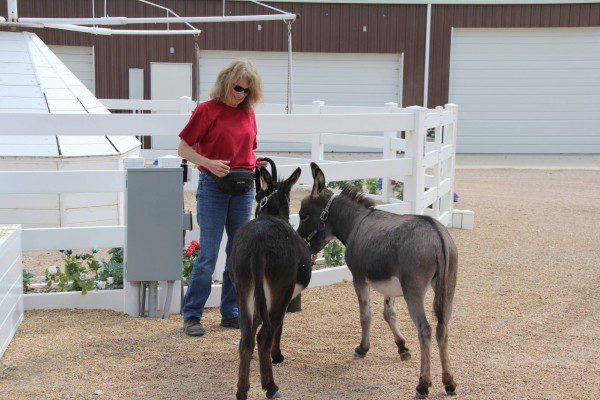
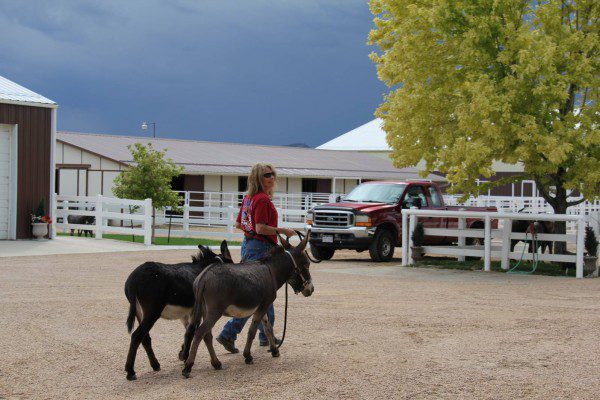
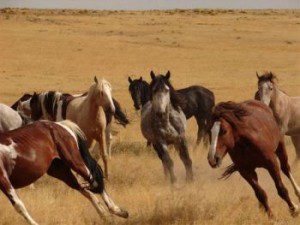 For the first time ever, the Bureau of Land Management (BLM) is proposing to convert a wild, free-roaming mustang population into a non-reproducing herd of sterilized horses. The BLM Idaho plan for the Saylor Creek Herd Management Area (HMA) would destroy the wild horses’ wild, free-roaming behaviors and is a recipe for managing this beautiful wild horse herd to extinction. If implemented, it would set a dangerous precedent for destroying healthy, sustainable wild horse populations into sterilized groups of horses that will die off. AWHPC’s formal protest of this destructive and devastating plan is pending, but we need the public to weigh in to help Keep the Saylor Creek Wild Horses Wild! Take action and sign the petition.
For the first time ever, the Bureau of Land Management (BLM) is proposing to convert a wild, free-roaming mustang population into a non-reproducing herd of sterilized horses. The BLM Idaho plan for the Saylor Creek Herd Management Area (HMA) would destroy the wild horses’ wild, free-roaming behaviors and is a recipe for managing this beautiful wild horse herd to extinction. If implemented, it would set a dangerous precedent for destroying healthy, sustainable wild horse populations into sterilized groups of horses that will die off. AWHPC’s formal protest of this destructive and devastating plan is pending, but we need the public to weigh in to help Keep the Saylor Creek Wild Horses Wild! Take action and sign the petition.
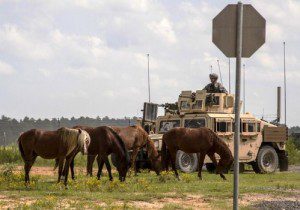
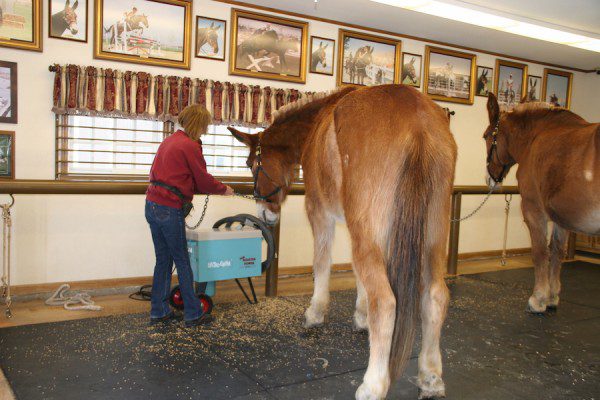
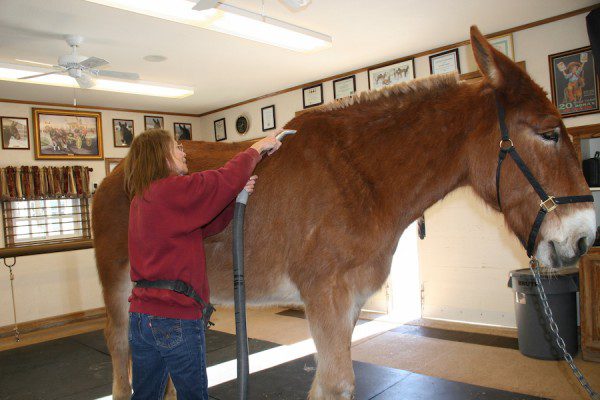
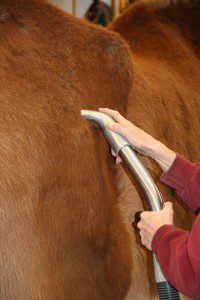
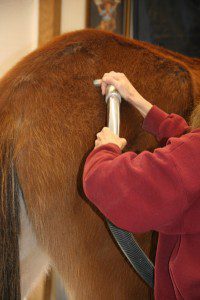
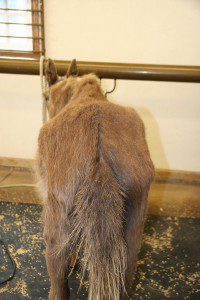
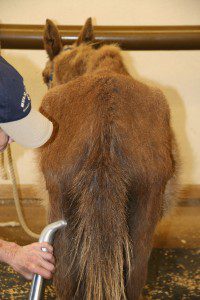
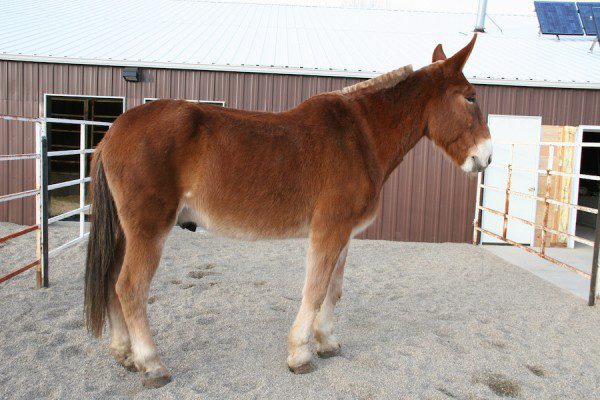
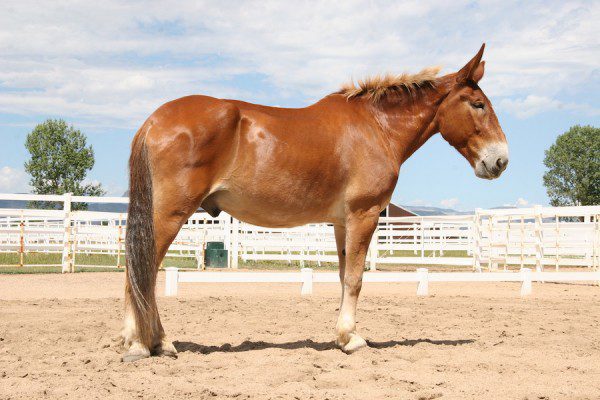

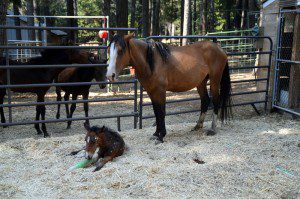 frustrating. The positive is that we are finding homes for some of the 55 wild horses. We still need lots more homes, but we are definitely on the way.
frustrating. The positive is that we are finding homes for some of the 55 wild horses. We still need lots more homes, but we are definitely on the way.